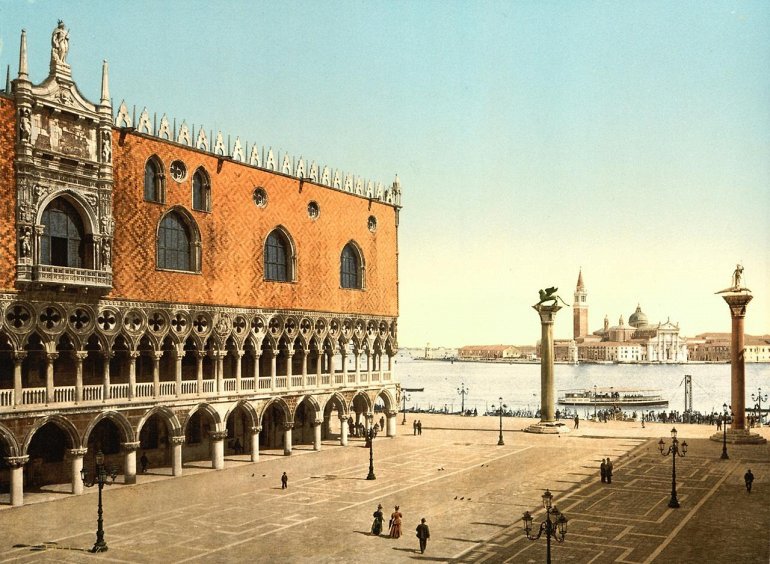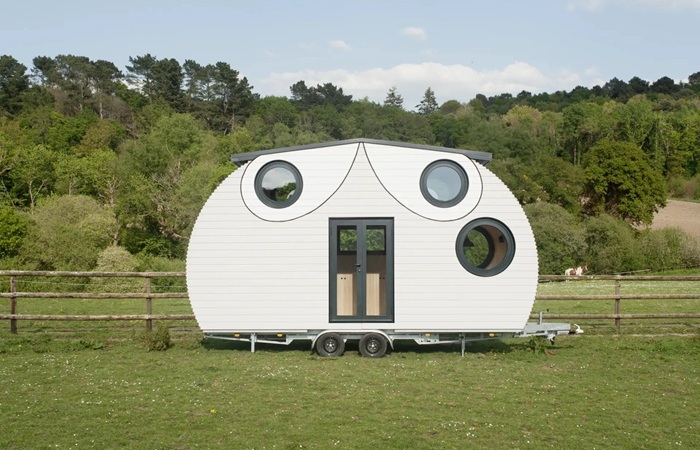In the Bavarian city, just like 500 years ago, rent is less than 1 euro per year.
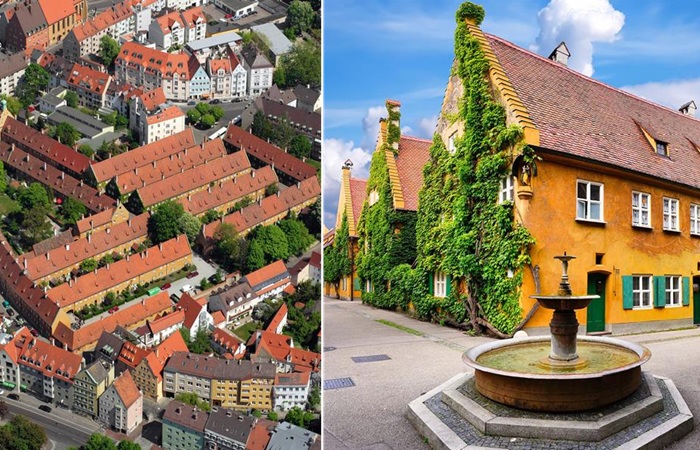

In these challenging times, when the cost of living continues to soar worldwide, one city in southern Germany stands out against this bleak backdrop. It’s the historic Fuggerei quarter in Augsburg, the world’s oldest social housing complex, where rents haven’t increased in over 500 years.
1. The history of the emergence of the world’s first social housing complex
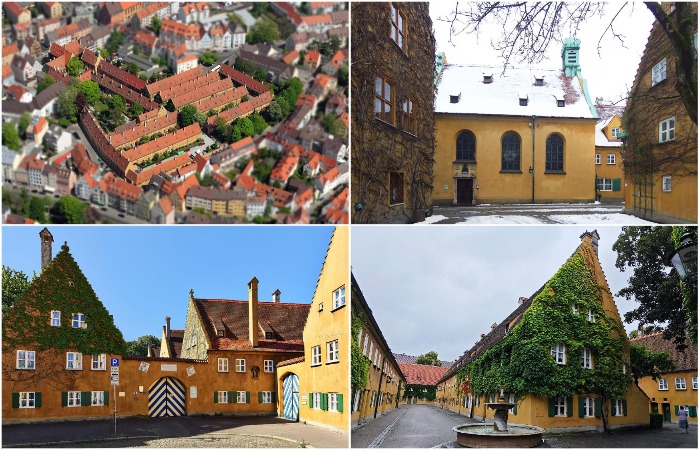
The history of the oldest social housing complex, the Fuggerei, began in 1521 thanks to the enthusiasm of a wealthy banker and merchant in the Bavarian city of Augsburg. It was conceived by merchant and philanthropist Jakob Fugger, one of the most successful financiers of his generation, nicknamed “the Rich.”

Construction of the town within the city began in 1516, and the official design for the unusual complex was approved five years later. In the founding document, Fugger declared that “the community should become a haven for the needy of Augsburg forever and ever.” After Jakob Fugger’s death, his nephew, Anton Fugger, completed the settlement in 1525.
2. A social sanctuary in the heart of a historic city
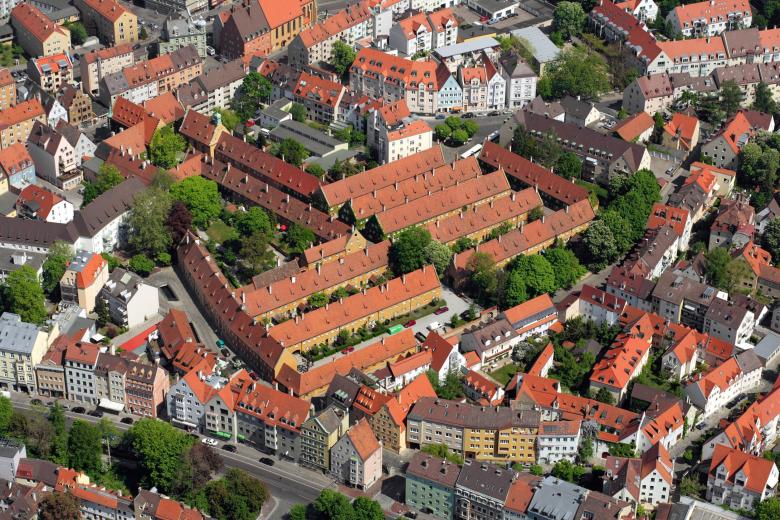
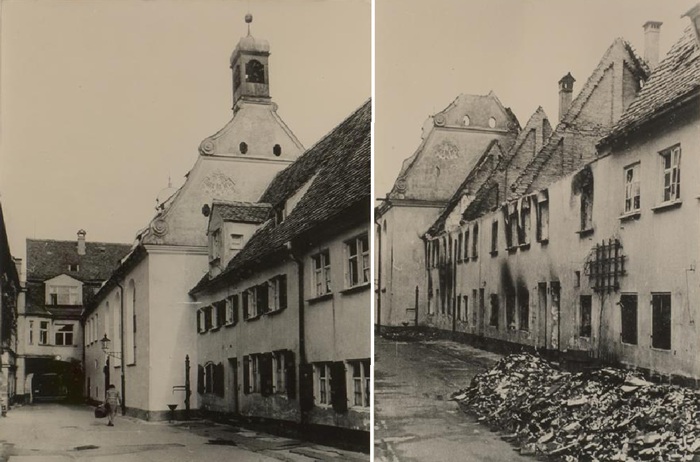
The desire to build this quarter, which was unimaginable for its time, was motivated by the desire to provide decent housing for those in need. Although it may be a closed world, enclosed by rows of sloping terracotta roofs and ochre facades, and separated from the city by a wall separating the historic enclave from the rest of the city, for many centuries it became a true refuge for Augsburg’s poorest Catholics.
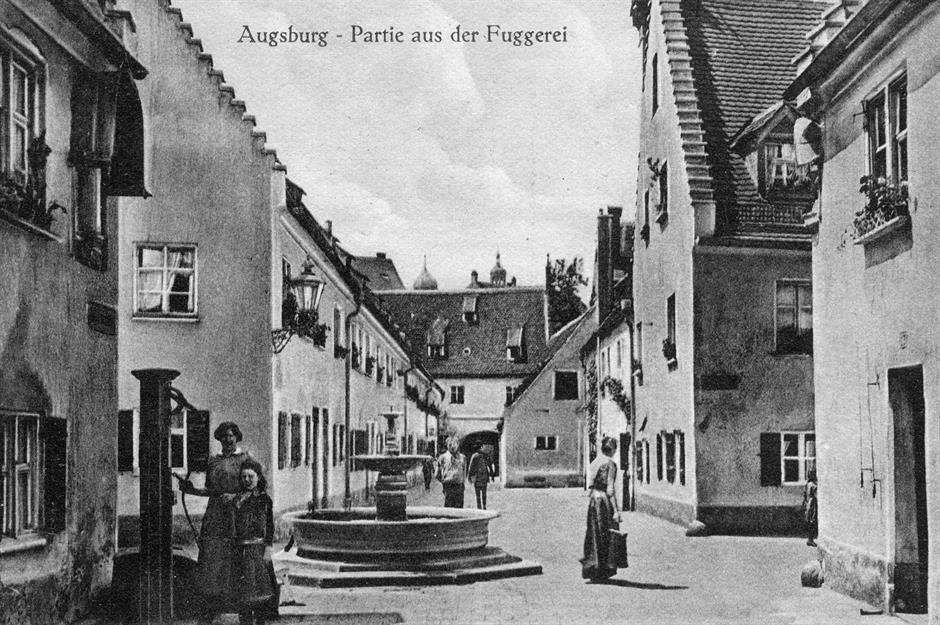
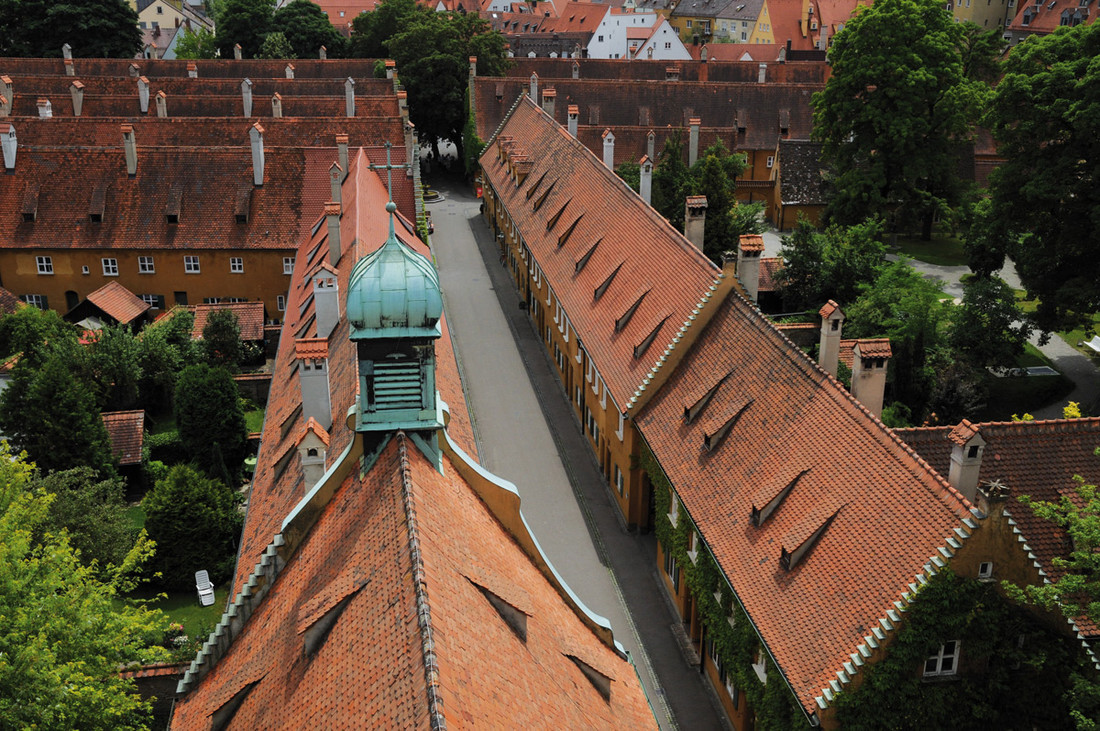
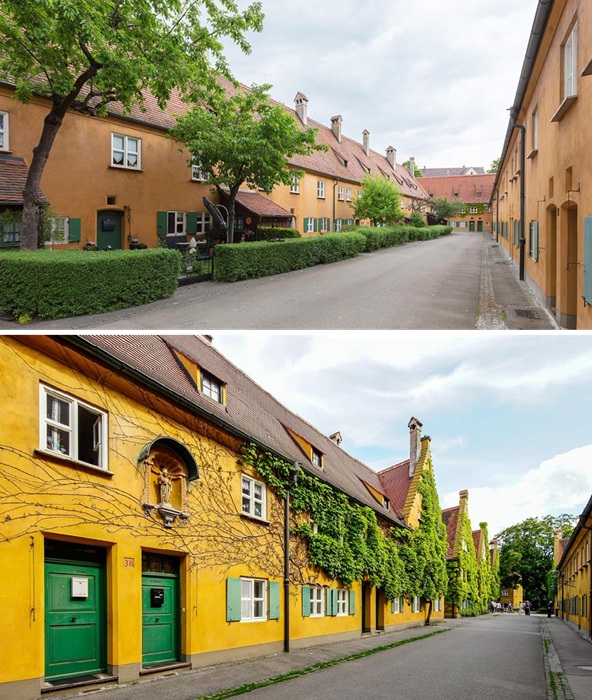
Fuggerei , or “Fugger Quarter,” covers an area of 1.5 hectares, comprising 67 residential buildings with 142 apartments and its own church. It is a continuous, symmetrical complex built on uneven ground and surrounded by a wall with seven gates. The buildings have modest façades and steep roofs with stepped gables. Each house in the quarter has its own entrance, giving residents the feeling of being a true homeowner, with a front garden.
3. Inevitable changes

The plan of the residential complex, like the city itself, evolved throughout history, adapting to the changing needs of its residents. At the end of the 16th century, for example, a hospital opened in one of the buildings, and in the mid-17th century, a Catholic school. These buildings no longer survive, but in their time, they played a significant role in the lives of the city’s poor.
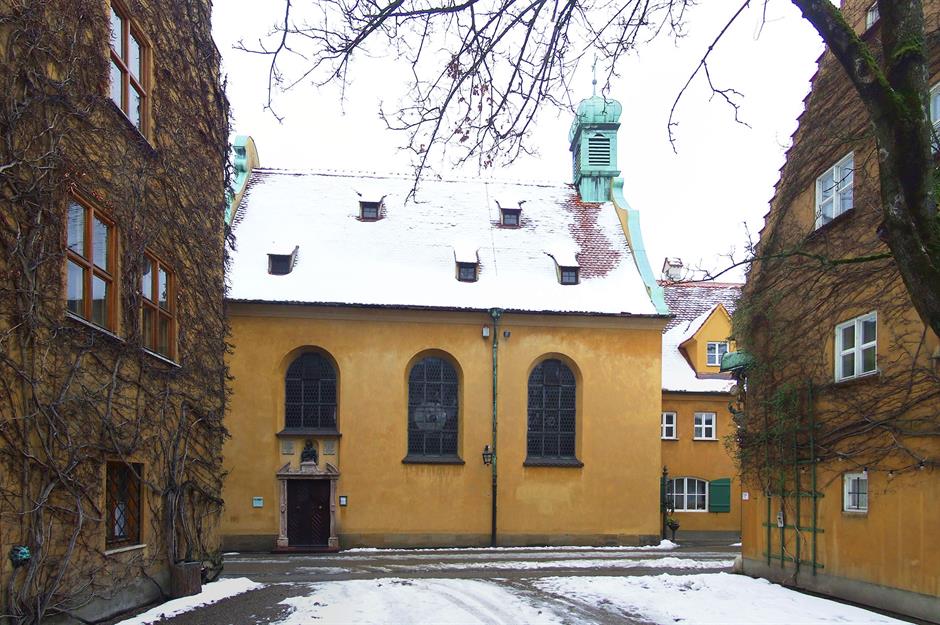
Fortunately, some of the outbuildings have stood the test of time, particularly St. Mark’s Church, a simple building constructed between 1580 and 1582 that was actively used by residents of the quarter. This is understandable, as religious services have been central to the daily life of the Fuggerei since its founding. The original 16th-century regulations required residents to offer three prayers daily for Jakob Fugger and his family, a practice that continues to this day.
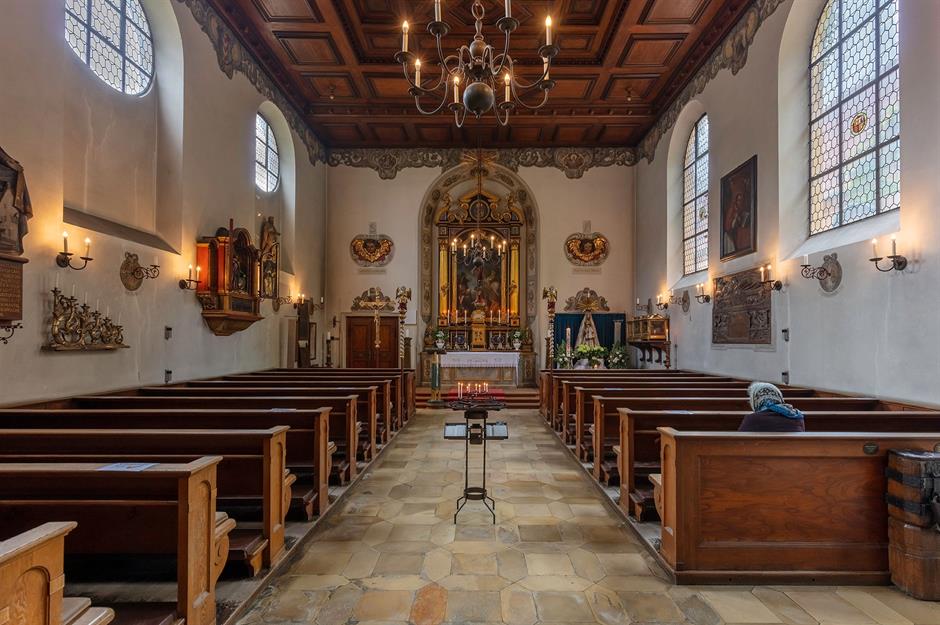
Although the church was severely damaged during the bombings of 1944, efforts were made to restore it by 1950. Fortunately, some religious and architectural elements were saved. An altarpiece with a crucifix, dating from around 1595, can be seen here. A striking feature of the church is the 16th-century coffered ceiling with exquisite inlay work, which was originally taken from St. Anne’s Church in Augsburg.
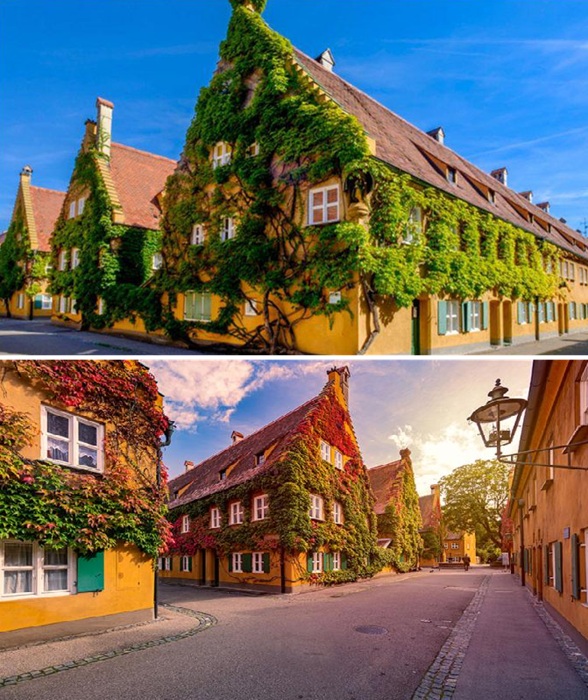
In general, until the 1940s, the architecture of the city itself and the social quarter remained true to its origins, even if reconstructions were undertaken. However, massive bombing during World War II led to the destruction of significant sections of the Fuggerei (approximately 70%), which had to be rebuilt after the end of hostilities.
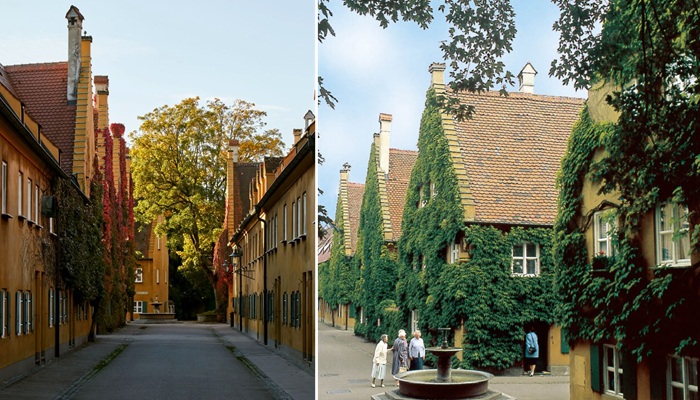
To save the brainchild of their ancestors, the Fugger Foundation sold timber from its forests. This helped finance the reconstruction of the residential complex, which began almost immediately. While efforts were made to preserve the appearance of the city and the social district, it still does not resemble what it was in the 16th century, although its historical spirit has been restored.
3. Sustainable ideology
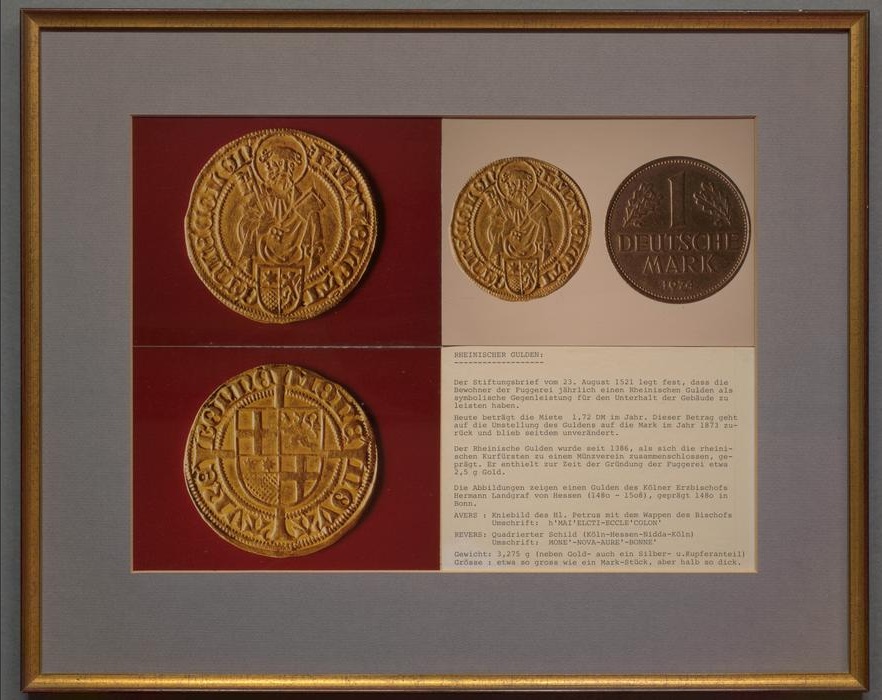
The authors of Novate.ru would like to point out that this settlement, just as it was 500 years ago, is managed by the Fugger Foundation and the descendants of a renowned family of philanthropists. Funds for its maintenance continue to come from family investments in forestry and real estate, as well as from museum admission fees throughout the city. And although much has changed over the centuries, the town still supports 150 low-income tenants. However, not everyone can enjoy virtually free accommodation. The city’s eligibility criteria have remained unchanged for over 500 years. In accordance with the ideology underlying Jakob Fugger’s fundamental social principle, residents must be Catholic, have resided in Augsburg for at least two years, and must prove their financial insolvency.

Applicants who meet these requirements can apply to rent an apartment for a symbolic annual rent of 88 euro cents (approximately $1). This price is based on the equivalent of one Rhenish guilder—the original rent established in the 1520s (the historical currency of the Rhineland). This rent has never been adjusted for inflation or monetary reforms.
4. Special living conditions
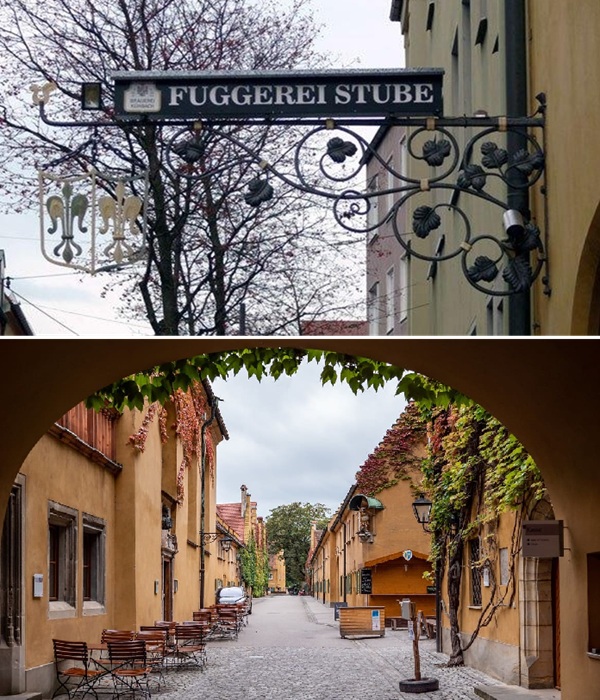
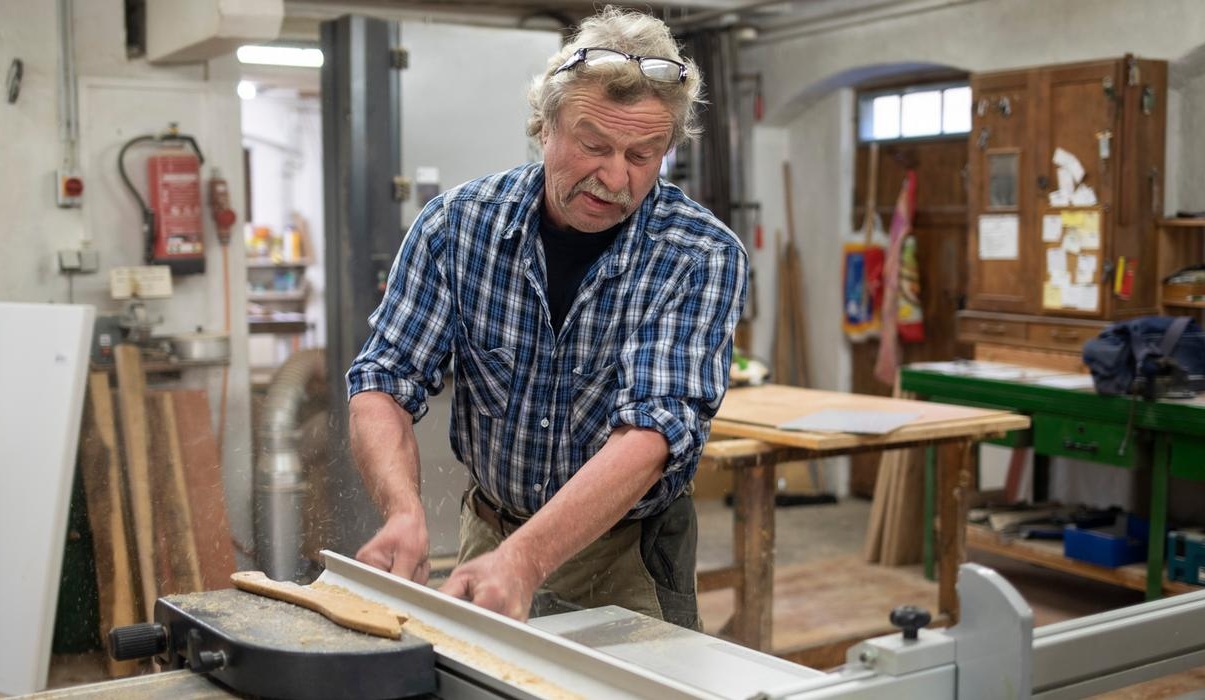
The walled “Fugger Quarter” is entered through seven gates decorated with blue and white stripes. However, this is not possible 24 hours a day, as there are restrictions on entering and exiting the settlement. A rule in force for over 500 years stipulates that the gates must be closed between 10:00 PM and 4:30 AM. However, in modern times, exceptions do exist. Residents returning or departing may use the Ochsengasse gate, but they are required to tip the night watchman 50 cents before midnight or 1 euro after midnight. The night watchmen themselves must be residents of the Fuggerei. Also, according to regulations dating back to the 16th century, residents are expected to perform work necessary to support the community. Common responsibilities include volunteer work as gardeners, street cleaners, and more skilled workers such as carpenters and masons. In recent decades, selling tickets for city tours and museums has become an equally popular responsibility.
5. Historical features and symbols of the Fuggerei
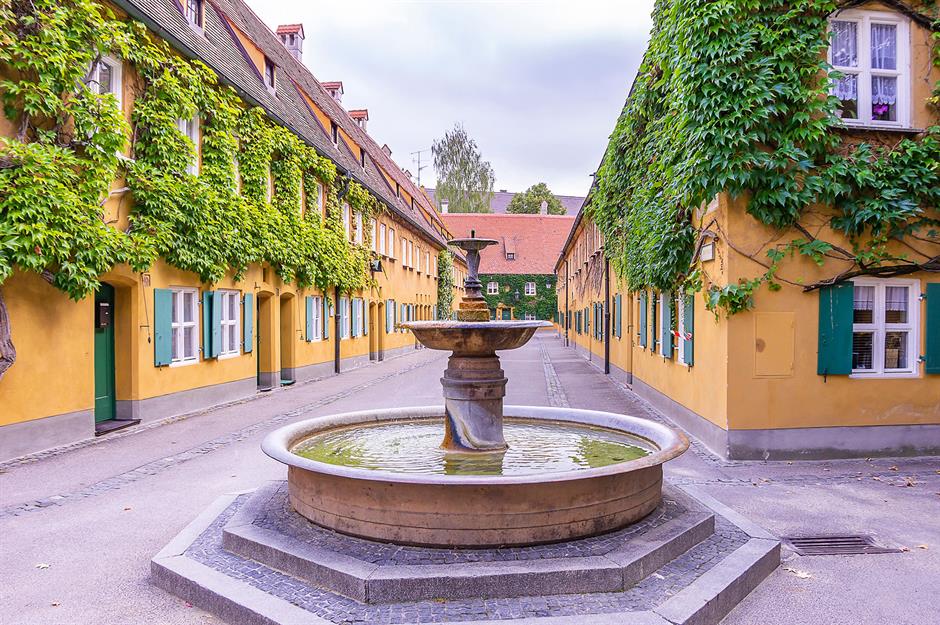
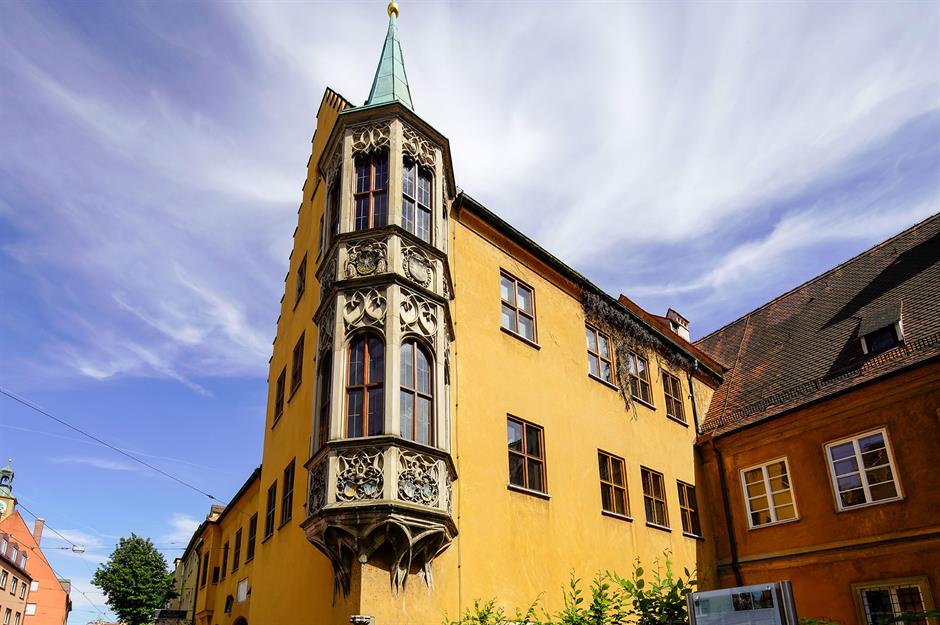
At the heart of the quarter’s main street stands the Fuggerei’s main symbol and landmark: the fountain. This central architectural feature, dating back to 1599, has undergone numerous modifications. Originally constructed of wood, it served as the community’s first free water source. The cast-iron fountain, which can still be seen today, dates back to 1846. Interestingly, in 1715, it acquired a well keeper, tasked with monitoring this vital resource, keeping the pipes clean and in good working order, and overseeing the district’s rudimentary drainage system.
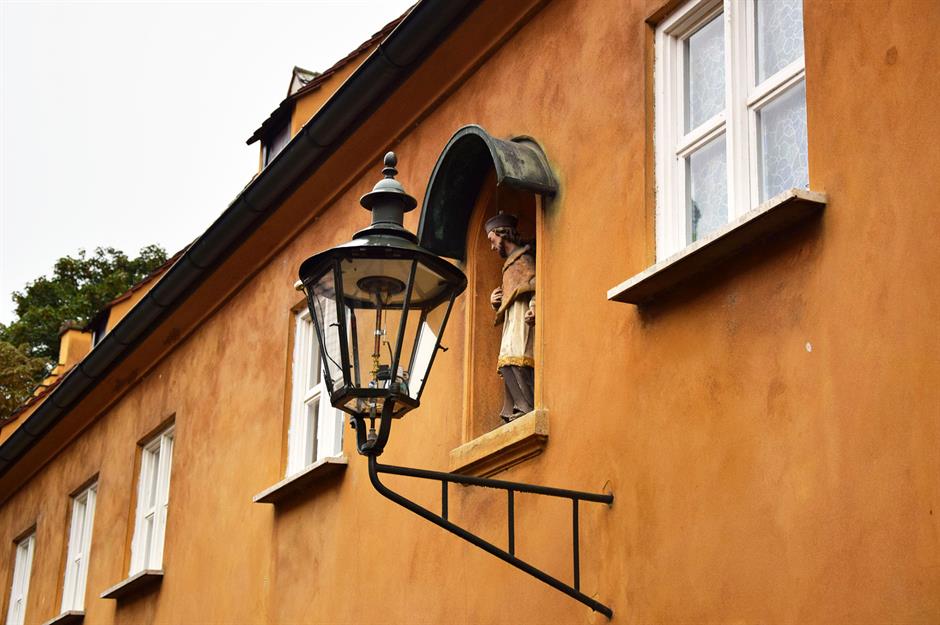
Another significant symbol is the nine gas lanterns installed in the Fuggerei in 1864. They helped residents navigate without the use of bells, which had been the primary means of nighttime navigation for centuries. Although the streets of the quarter were fully electrified in 1976, six of the lanterns were preserved. They were connected to the city’s gas supply, preserving their ancient lighting method and unique charm. Currently, these are the last functioning gas lanterns in Augsburg.
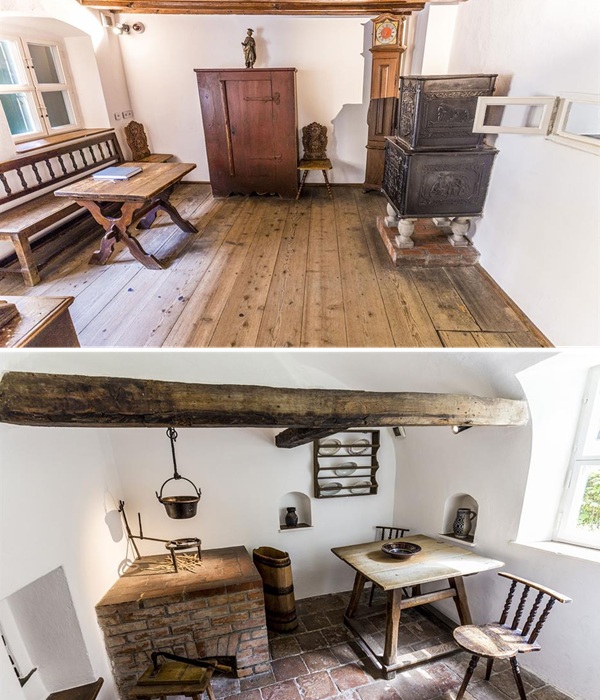
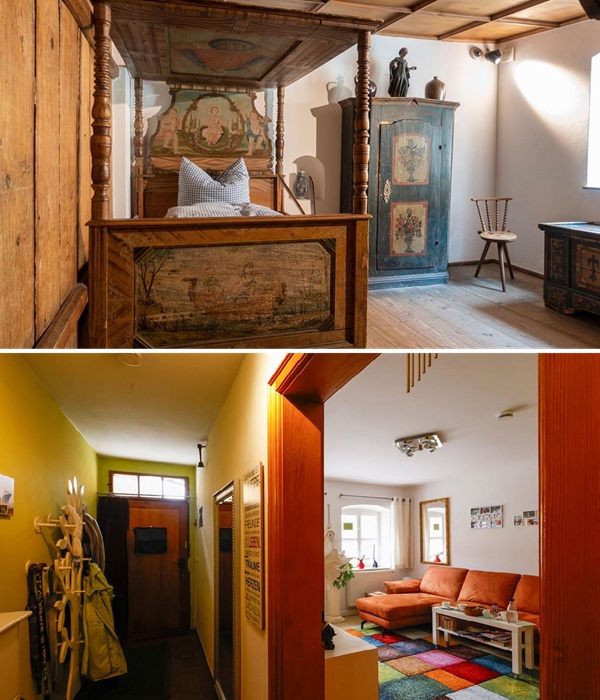
No less impressive are the statues of saints installed in niches on the facades of the ancient buildings. Today, 17 small sculptures depicting patron saints and Madonnas can be seen. The residents of Fuggerei, devout Catholics, still believe that these statues protect the residents of the building.


